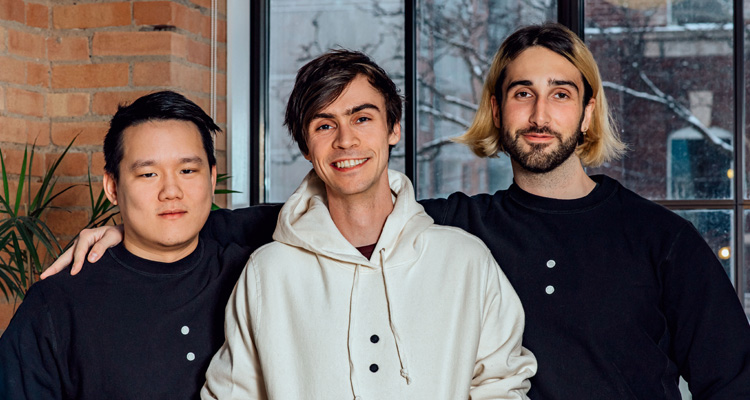
10-23 #Kopitiam : Samsung Display is expected to ramp up its production of QD-OLED; Qualcomm and Samsung have agreed to extend their patent license agreement to cover 6G; Google has announced Android 13 Go Edition; etc.

STMicroelectronics (ST) has revealed that it will build a silicon carbide wafer plant in Italy with an investment of EUR730M (USD728M) as part of expanding its semiconductor manufacturing. The new integrated silicon carbide (SiC) substrate manufacturing facility at its Catania site in Sicily would meet increasing demand from automotive and industrial customers amid a transition to electrification. The five-year investment, due to be completed in 2026, will be supported with EUR292.5M of public funds from Italy, as part of the country’s National Recovery and Resilience Plan, with the grant approved by the European Commission. (CN Beta, Reuters, Forbes, Yahoo)
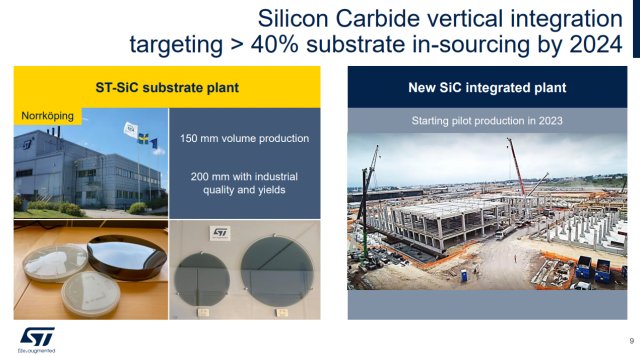
IBM is showing off its first complete system-on-chip (SoC) designed to run and train deep learning models at a faster and more efficient clip than what general-purpose CPUs can achieve, calling it Artificial Intelligence Unit (AIU). It is based on the AI accelerator used in the company’s 7nm Telum chip that powers its z16 system. The AIU is a scaled version built on a 5nm node and features a 32-core design with 23B transistors.(IBM, CN Beta, Computer Weekly, Next Platform, Hot Hardware)
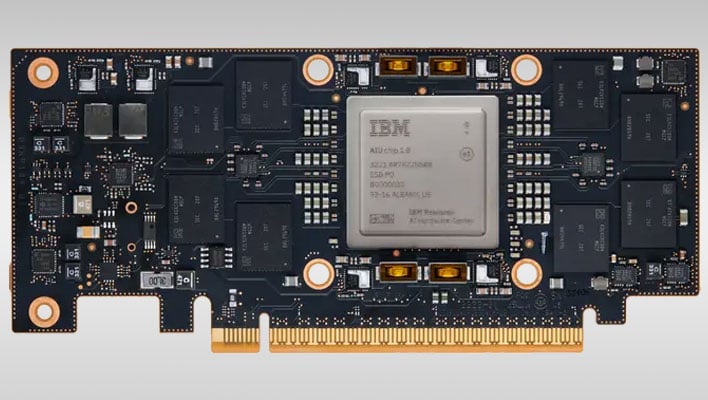
ASML of the Netherlands is speeding up the development of its next-generation high NA (0.55 numerical aperture) EUV extreme ultraviolet lithography machine. AMSL revealed that its existing EUV customers have ordered a new generation of equipment. Specifically, after Intel and TSMC, Samsung, SK Hynix, Micron, etc. also placed orders for high-NA EUV lithography machines. High NA EUV lithography machines allow the processing of more sophisticated semiconductor chips with higher production efficiency, and it is also a requirement for 2nm and beyond. Korean equipment manufacturers revealed that the order price of the current EUV lithography machine is KRW200-300B, while the price of the high-NA EUV lithography machine has doubled to KRW500B. ASML CEO Peter Wennink, whose 3Q22 sales of pre-ordered products reached a record EUR8.9B, including EUR3.8B of EUV equipment. (CN Beta, Tom’s Hardware, Digitimes, ET News)
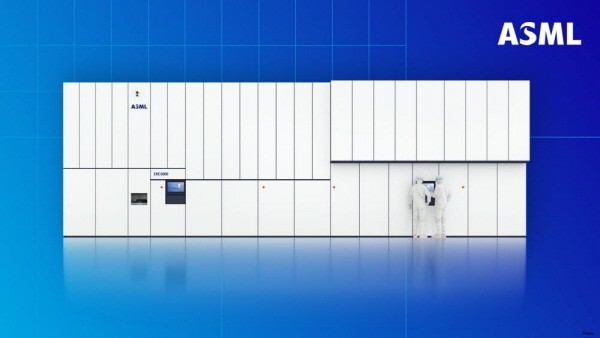
Carmaker Stellantis has warned that rising interest rates aimed at fighting soaring inflation risked slowing economic growth. Chief Executive Carlos Tavares has indicated that he expected inflation to be under control in 1-2 years. Meanwhile Tavares said he expected the shortage in the supplies of semiconductor chips to be fixed by the end of 2023. In addition, Stellantis chief operating officer Mark Stewart said the company needs to build four battery factories in North America by 2030. (CN Beta, Reuters, Euro News)
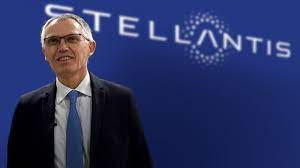

Samsung Display is expected to ramp up its production of quantum dot (QD)-organic light emitting diode (OLED) display panels from 30,000 sheets per month now to 40,000 sheets in 2023. Jung Yun-seong, managing director of Omdia, has indicated that the company’s production yield of QD-OLED disp lay panels increased to 85% in 1H22, showing its strong technical competence. Samsung Display will be able to add 49” and 77” QD-OLED displays to its product portfolio, Jung analyzed. He estimated Samsung’s QD-OLED panel production in 2023 at 600K-800K units for monitors and 1.4M-1.6M units for TVs. He put the total annual output at 2M-2.4M panels in 2023. (GizChina, Business Korea)
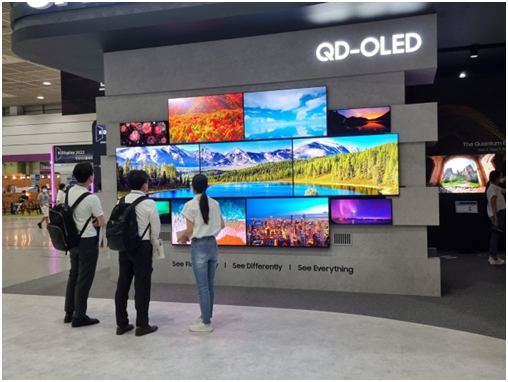

Samsung System LSI has added another 200MP ISOCELL camera to its portfolio, namey ISOCELL HPX. It offers features such as 8K video recording at 30 frames per second and Tetra 2 Pixel binning technology, enabling 12.5MP and 50MP resolution modes for different lighting conditions. The company has also revealed that the ISOCELL HPX has small 0.56-micron pixels, and one of the main selling points is that the sensor can have a reduced area by 20%. Other features available for the 200MP ISOCELL HPX include 8K video recording at 30 frames per second, 4K and FHD recording, dual HDR, Smart ISO, and Super QPD autofocus.(GizChina, SamMobile, Samsung)
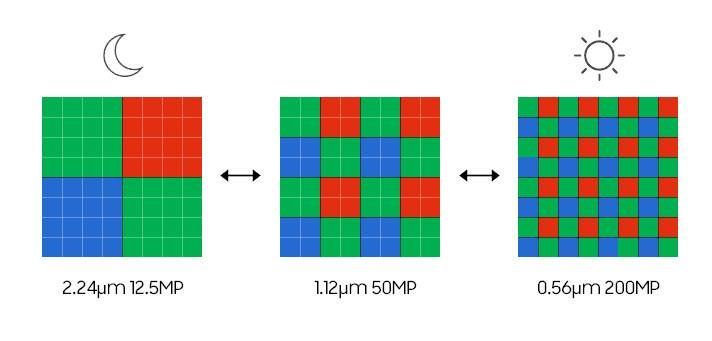

Samsung has announced it is developing LPDDR5X as a natural evolution of LPDDR5, and now the company announced the DRAM chips have completed validation. The new memory reaches 8.5Gbps speeds, which is the industry’s fastest speed for DRAM. It comfortably surpassed the maximum speed of 7.5Gbps that was achieved back in Mar 2022. Daniel Lee, EVP of the Memory Product Planning Team at Samsung revealed the joining efforts with Qualcomm on the development of the 8.5Gbps LPDDR5X DRAM allowed the company to accelerate the market availability by more than a year. CN Beta, Samsung, GSM Arena)

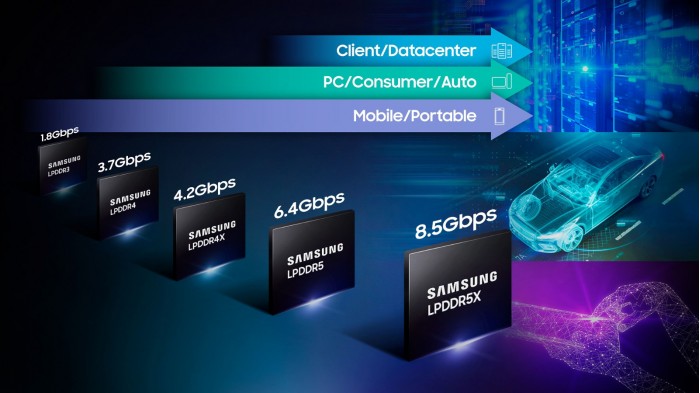

Touchlab is currently working with German robotics firm Schunk to make electronic skin for robots to provide machines with the power of a human touch. Touchlab is looking into teleoperation applications that will allow the system to operate robots in understaffed hospitals remotely. The company uses a layer of software that translates the pressure of the skin to the suit, and they also use haptic gloves. Currently, their skin gathers a lot more data than the company can transmit to the user over haptic interfaces. Touchlab will start a 3-month hospital trial with geriatric patients in the acute geriatric ward. This will be a first for the whole world in which a robot will be deployed in that setting. (CN Beta, Latestly, TechCrunch, TechTimes)
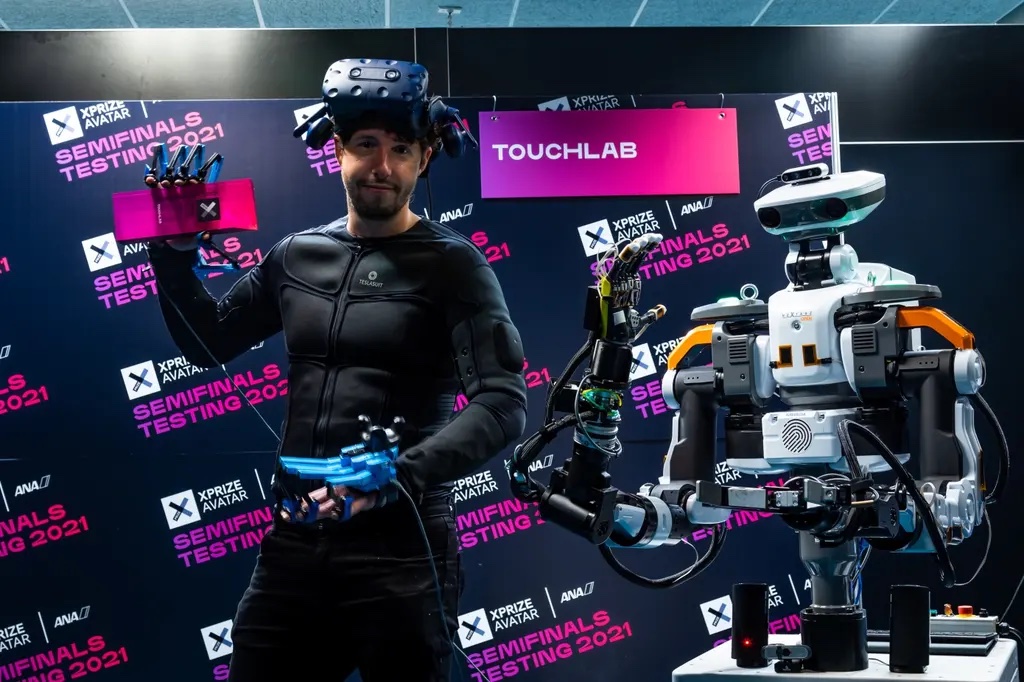

CATL has revealed that the industrialization of the company’s sodium-ion batteries is progressing smoothly, and the layout of the supply chain will take some time. It has negotiated with some passenger car customers and will be officially mass-produced in 2023. CATL will be the first to release the first-generation sodium-ion battery in 2021, with a single cell energy density of 160Wh/kg, the highest level in the world. From the perspective of fast charging and low temperature performance, it can reach 80% of the capacity in 15 minutes of charging, and can still maintain a discharge retention rate of more than 90% in a low temperature environment of minus 20°C.(CN Beta, My Drivers, Sina, Techgoing)
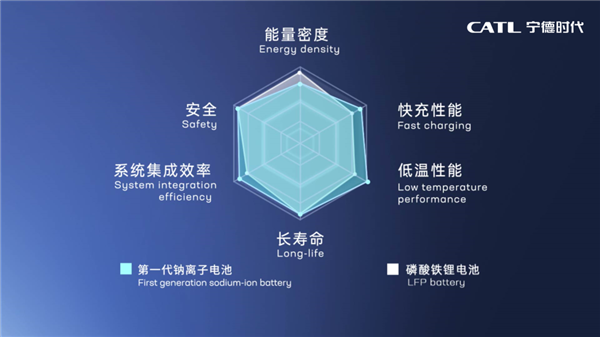
NanoGraf, an advanced battery materials company and enabler of the world’s most energy-dense 18650 lithium-ion cell, has announced it has achieved a new industry milestone for energy density in an 18650 battery form factor at 810 Wh/L (4.0Ah capacity). The increased stability and highly scalable nature of NanoGraf’s silicon-anode cell solves the pain points of commercial 1st generation SiOx anodes, and it is proven to be drop-in ready for existing cell designs and production processes. (CN Beta, Electrek, Globe Newswire)
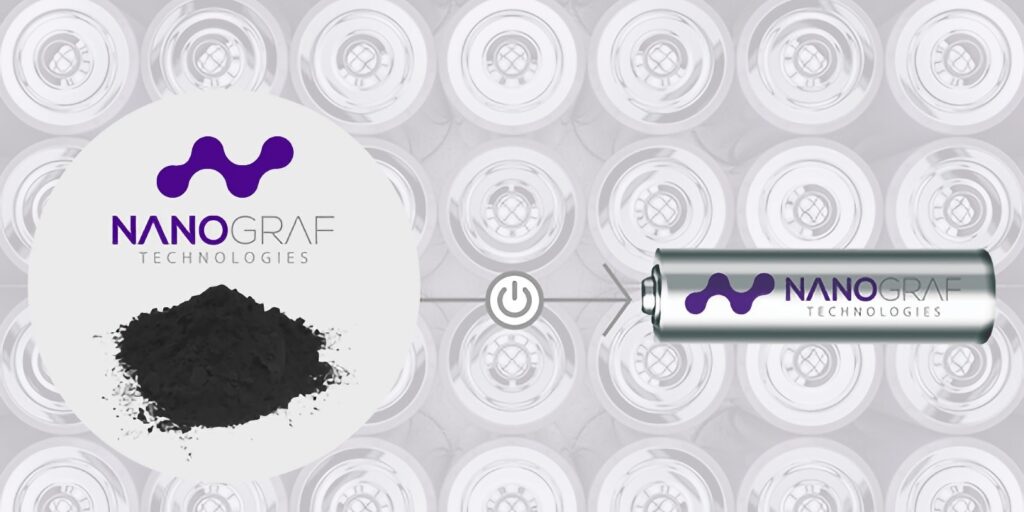
Wang Chaoyang, a professor at the University of Pennsylvania, and his team have developed a new method to make the battery charge “by leaps and bounds”: after adding a thin layer of nickel to an ordinary electric vehicle battery, it only takes about 10 minutes to charge 70%. And this kind of battery has a cycle life of more than 2000 times. According to the research team’s estimates, this is equivalent to a total of up to 500,000 miles (about 800,000 kilometers) within the life of each battery. Cars are generally scrapped after running 600,000 kilometers. They mainly start from the inside of the battery and adjust its temperature through the internal material of the battery. They chose a nickel-rich layered oxide (LiNi0.8Mn0.1Co0.1O2, NMC811) as the anode of the battery. (CN Beta, ACS, Sohu, ScienceDirect, Nature)
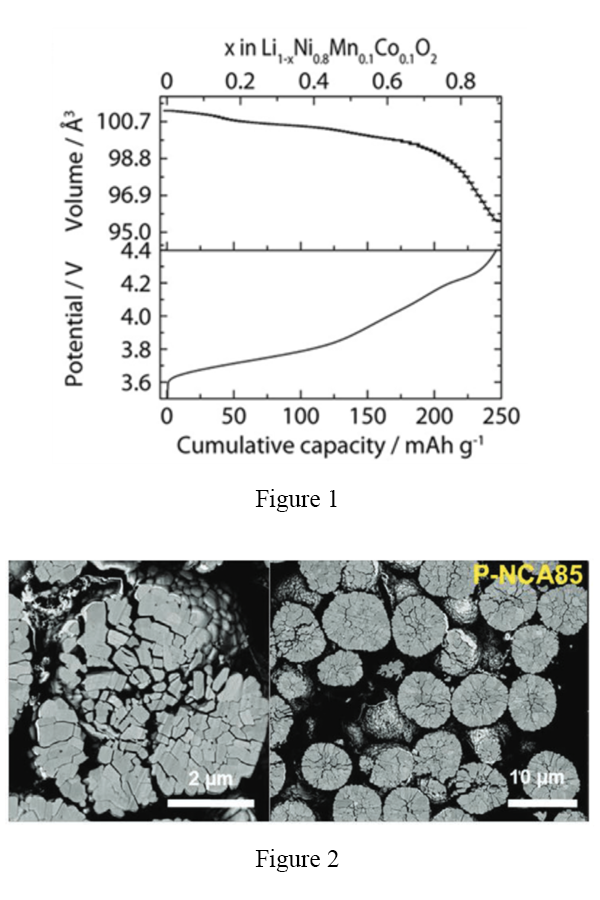
Canada-based Li-Cycle has announced that its Alabama Spoke located in Tuscaloosa, Alabama has started commercial operations. Li-Cycle has 30,000 annual tons of processing capacity. By the end of 2023, the company plans to have an annual capacity of 65,000 tons in North America and Europe. The Tuscaloosa facility uses Li-Cycle’s patented technology to process full EV battery packs without dismantling. The company chose Alabama because of its proximity to auto manufacturers. The Tuscaloosa facility uses Li-Cycle’s patented technology to process full EV battery packs without dismantling. The company chose Alabama because of its proximity to auto manufacturers. (CN Beta, Alabama Center, Resource Recycling, Business Wire)
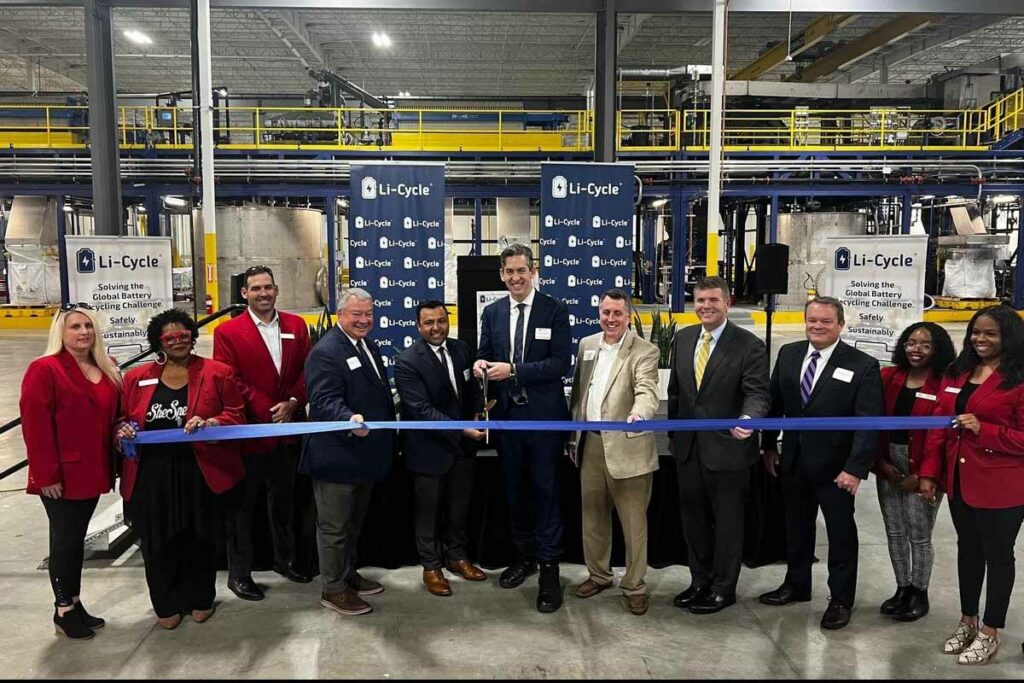

GSMA shows that 95% of the global population now lives in areas served by mobile broadband connectivity, and that enabled by that coverage footprint, 55% of the world’s population is now connected to mobile internet. Providing coverage to the remaining 5% (the “coverage gap”) remains an important challenge. However, the bigger issue is the 3.2B people, equivalent to 40% of the world’s population, who are covered by a mobile broadband network but face barriers that prevent them from getting online (the “usage gap”). 94% of the world’s “unconnected” population – who are more likely to be poor, living in rural areas and women – live in LMICs (low- and middle-income countries). (Neowin, PR Newswire, report)
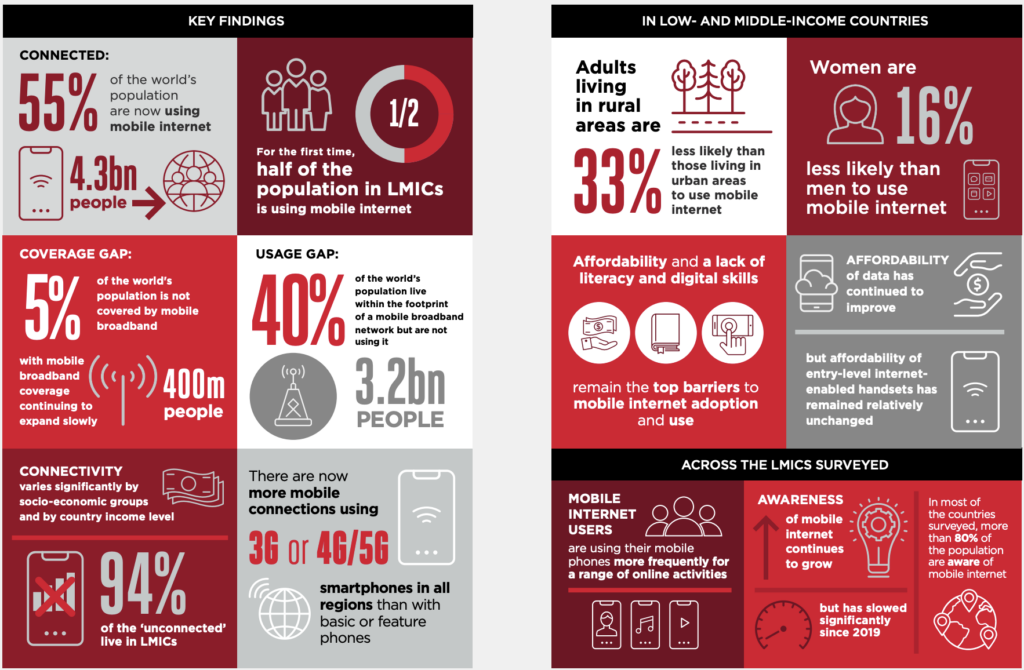
Samsung Electronics has announced that a new research group, focussing on developing technologies for 6G networks and devices, will be established in the UK. This new group marks a significant increase in investment in UK telecoms research talent by Samsung, and will be part of Samsung’s global 6G development project, spanning multiple overseas research centres. The new research project will be based at the Samsung R&D Institute UK based in Staines-upon-Thames – Samsung Research UK. SRUK was established in 1996 as the first European R&D centre outside of Korea. (CN Beta, Samsung, Capacity Media)

Qualcomm and Samsung have agreed to extend their patent license agreement for 3G, 4G, 5G and upcoming 6G mobile technology through the end of 2030. The deal validates Qualcomm’s Snapdragon platform for premium Android experiences, he said, noting that Samsung is the largest smartphone supplier by unit volume. The agreement covers Qualcomm chips in smartphones, PCs, tablets, extended reality and more. (Fierce Wireless, WSJ)
HMD Connect is launched in early 2020 and made it easy go stay connected while roaming – users could pick between SIM and eSIM options and 14-day data plans for 120 countries. HMD Global has revealed that Connect is shutting down. The service will stop operating on 15 Dec 2022. Any credit remaining after 15 Dec 2022 will be refunded. (GSM Arena, HMD Global)
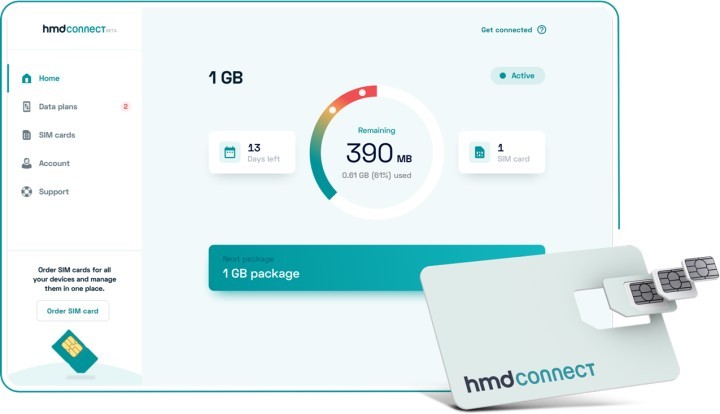

Created by mechanical engineers at the University of California – Los Angeles (UCLA), the material is composed of a structural system made of ‘tuneable beams’ that can alter its shape and behaviours in response to dynamic conditions. The materials could have applications in construction, aerospace and imaging technologies, amongst others. This research introduces and demonstrates an artificial intelligent (AI) material that can learn to exhibit the desired behaviours and properties upon increased exposure to ambient conditions. (CN Beta, Techgoing, UCLA, IME)
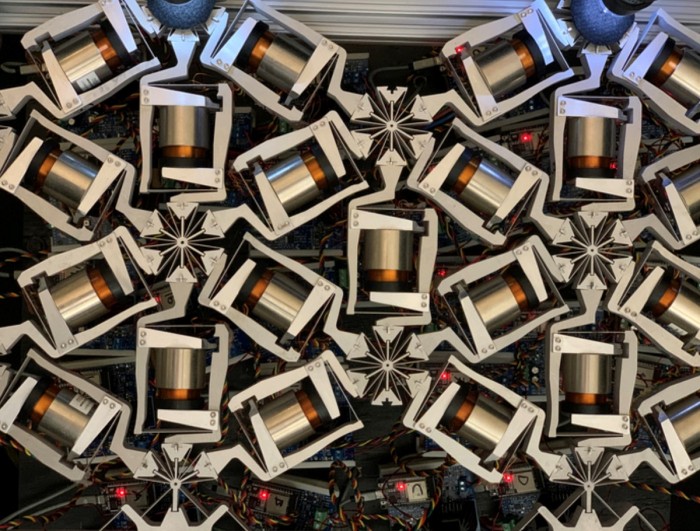

More than 5 years ago, Google unveiled Android Go, a modified configuration of Android specifically designed for devices that have low memory capacity and are often constrained to smaller amounts of mobile data. According to Google, there are now over 250M monthly active devices running the platform. Google has also unveiled the newest version of Android Go, called Android 13 (Go Edition). With this new release, Google said that they focused on “reliability, usability, and customization”. (GSM Arena, Google, Neowin)

Hyesoon (Sally) Jeong, VP at Samsung Electronics and the in-charge of One UI development, has reportedly confirmed that the company is working on seamless updates, and it may be introduced with One UI 6, which is to be rolled out in 2023. With the introduction of this feature, Samsung phones will receive and install updates in the background and reboot after the installation has finished.(GizChina, GSM Arena, Android Authority, SamMobile)
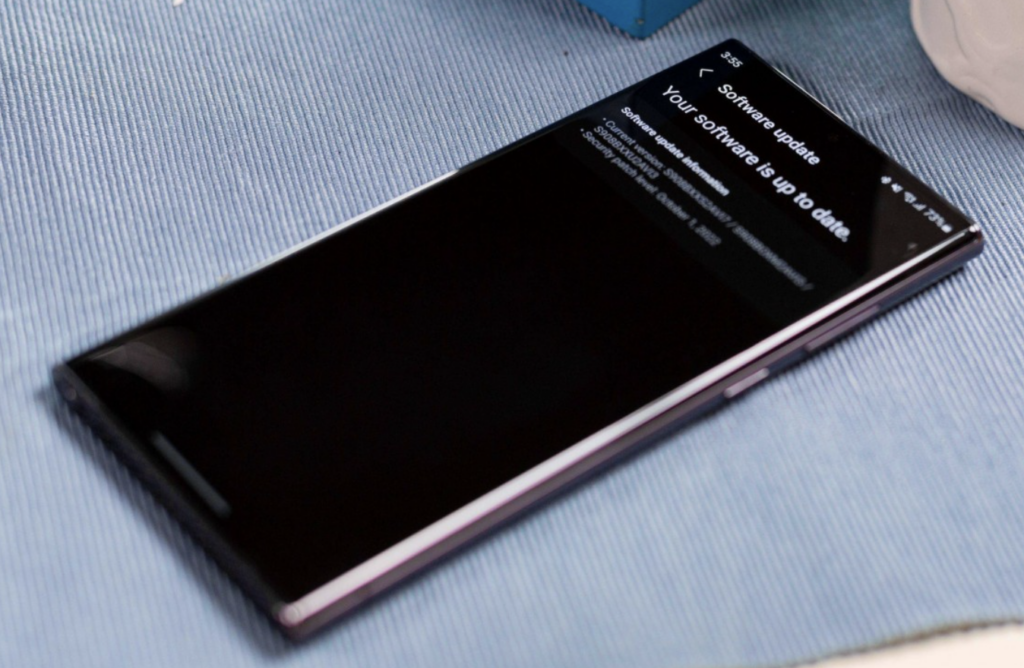

Despite high consumer loyalty in the U.S. wearables market, a recent IDC survey suggests consumers may switch brands in the future. While 42.2% of smartwatch and fitness tracker users surveyed have said they might switch brands, that number soared to 53.5% among current smart headphone owners. These results show that the U.S. wearables market is slowly maturing and growing, but consumers are willing to consider other brands to meet their needs. (CN Beta, 199IT)
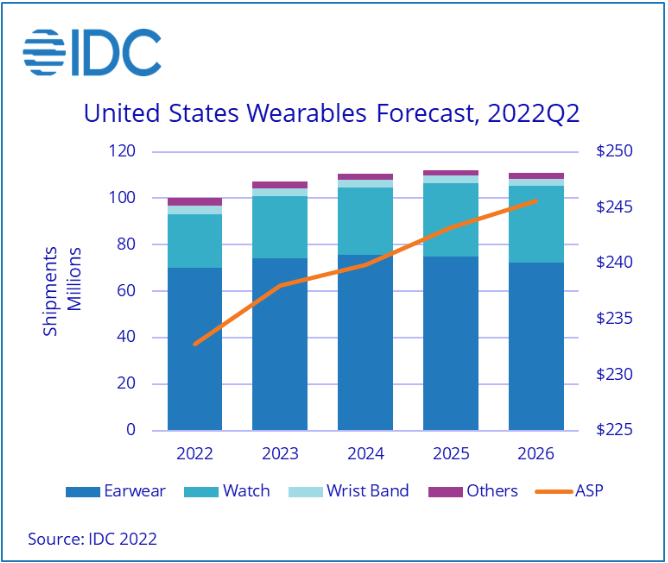

According to Chairman Young Liu of Hon Hai Technology Group, the parent company of Foxconn, Foxconn and partners of Mobility in Harmony (MIH), an open electric vehicle development platform initiated by the Chinese firm, are jointly breaking a closed cycle of conventional auto manufacturing. The group is expected to halve the vehicle design period and cut the development costs by one-third. Foxconn does not sell vehicles with its own brand, Liu clarified, adding that NEVs sold by the firm’s clients are likely to be made in Taiwan province, Thailand, and the US. More than 2,400 companies, one-quarter of which are software firms, are using MIH. So far 5 car models, including Foxtron-branded Model B and Model V, have been launched.(CN Beta, CNBC, Reuters, Business Times, Yicai Global)
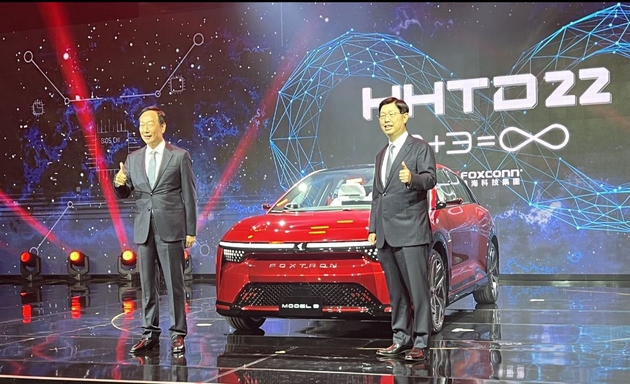
Indonesia is planning to have 2M electric motorcycles on its roads by 2025. The Indonesian transport minister, Budi Karya Sumadi, sees Indonesia’s huge motorcycle industry as an opportunity to speed up the change from ICE (internal combustion engines) to electric. The number of motorcycle users in Indonesia is about 133M. There are about 5M applications per year, and before the pandemic, the number even reached 10M. Battery swap giant Gogoro announced it is entering the Indonesian market thanks to a partnership with Gojek in 2021. (CN Beta, Visordown, Motopinas, New Strait Times)
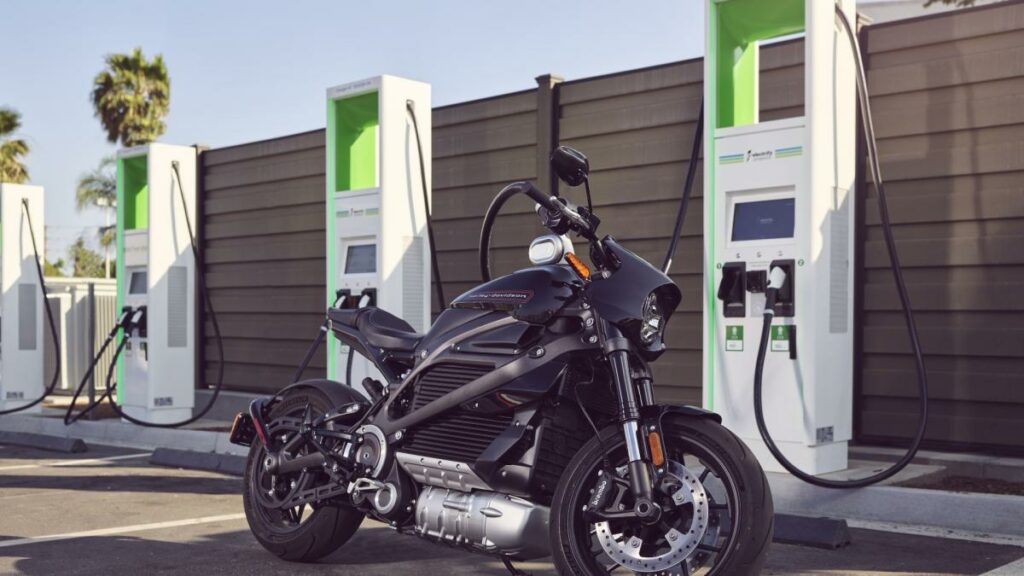
Volkswagen has said it will spend EUR2.4B (USD2.3B) in China, its largest single investment in the country, to stay competitive in the age of smart electric vehicles. The planned investment will be on co-developing driving-assist functions for electric vehicles with a startup. The car group has said it is investing USD1B in Horizon Robotics, which will allow it to get involved earlier in the startup’s product development. Volkswagen will spend over EUR1.3B to build a joint venture with the company. The transaction with Horizon is expected to be completed in 1H23. Its software arm Cariad will hold a 60% share in the joint venture that will develop driving-assist and autonomous driving solutions for its electric models in China.(CN Beta, TechCrunch, Volkswagen, China Daily)

An electric vehicle joint venture by Honda and Sony has announced that it plans to deliver its first model in the spring of 2026 in North America, with its main sales channel expected to be online. Sony Honda Mobility, which was established in Sept 2022 and is equally owned by both firms, said delivery to Japanese consumers will begin in 2H26, while plans for other markets including Europe are still undecided. EVs will be manufactured by Honda at its North American production base, and procurement will also be managed through the automaker.(CN Beta, Japan Forward, Reuters, CNBC, Japan Times, Sony Honda Mobility)
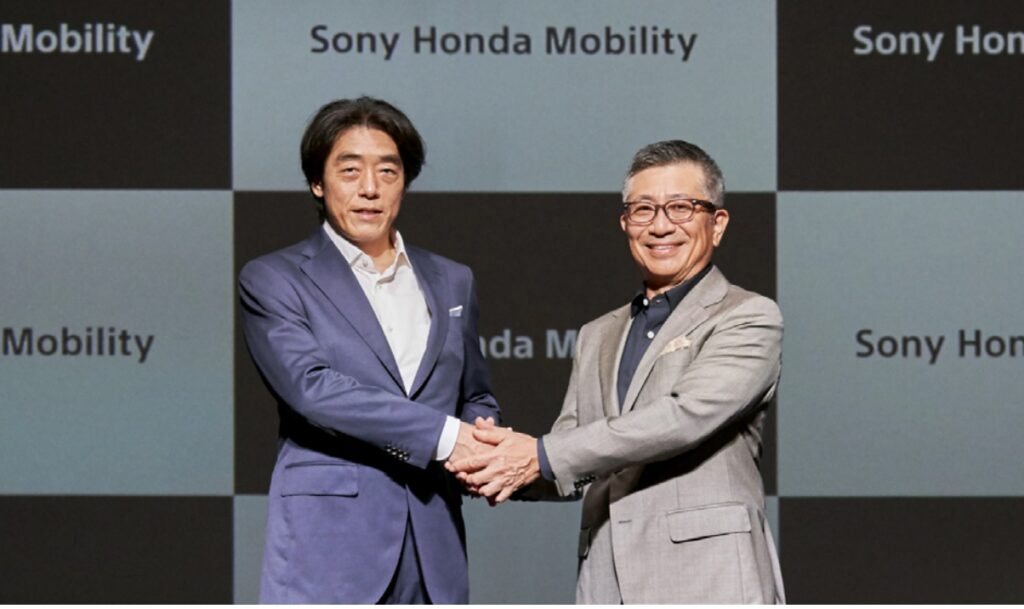

Google is allegedly in discussions to put at least a USD200M investment into Cohere, a start-up pursuing artificial intelligence language processing. Founded in 2019, Cohere creates natural language processing software that developers can then use to build artificial intelligence applications for businesses, including tools for chatbots and other features that can understand human speech and text. In Nov 2021, the company announced a multiyear partnership with Google to have its cloud division supply the computing power needed for Cohere to train its software models. (CN Beta, WSJ, Seeking Alpha)
